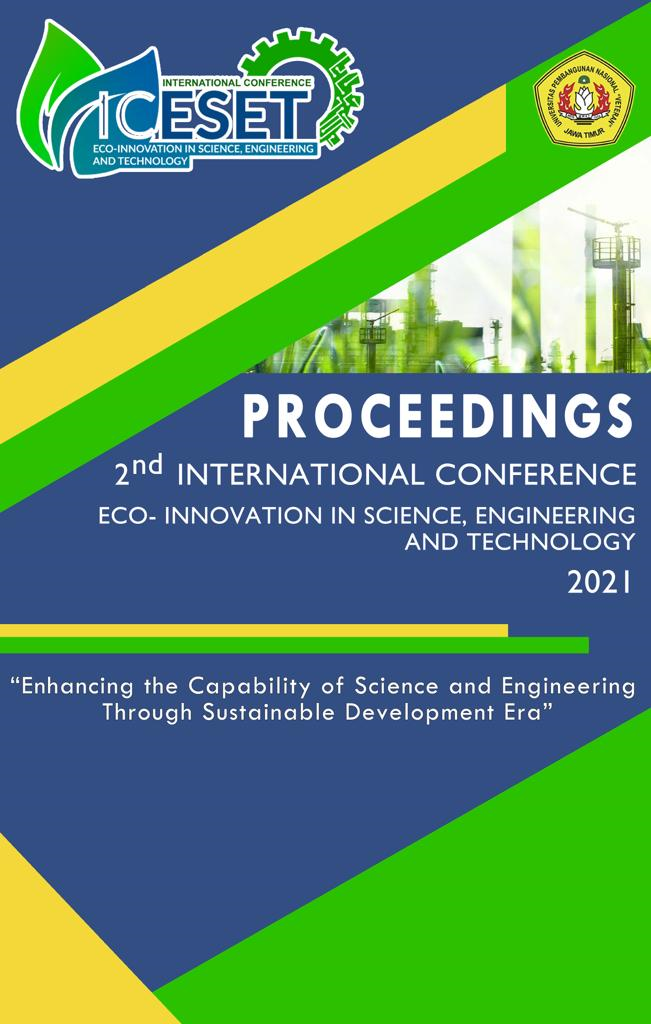Production Machine Effectiveness Analysis Using Overall Equipment Effectiveness (OEE) and Root Cause Analysis
DOI:
https://doi.org/10.11594/nstp.2021.1449Keywords:
Overall equipment effectiveness, six big losses, root cause analysisAbstract
A manufacturing company in production activities requires machinery and equipment. The machine has reliability, namely the opportunity for the machine to operate according to its function in a certain period. Company XYZ is a company located in Sidoarjo and is engaged in manufacturing with the main product being White Crystal Sugar (GKP). Company XYZ has several machines or equipment that operate 24 hours throughout the milling season with a series and parallel system so that the probability of damage to machine components is quite high. One of the machines that are often damaged is the boiler engine. Based on the problems that exist in this company, it is necessary to evaluate the engine performance at the boiler station during the milling period. The methods used in this research are Overall Equipment Effectiveness (OEE) and Root Cause Analysis. The OEE value obtained by the machine at the boiler station at Company XYZ for machines that have a value above the ideal standard of 85%, namely bagasse carrier IV, bagasse carrier III, bagasse carrier II, belt conveyor, reclaimer I, and reclaimer II. Meanwhile for machines that have a value below the ideal standard of 85%, namely boilers KCC of 77.98%, boilers FCB of 81.73%, and bagasse carrier I of 82.37%. This condition shows that production is considered reasonable, but still shows that there is a large room for the company to make developments.
Downloads
Published
Issue
Section
License
Copyright (c) 2021 Joumil Aidil Saifuddin, Isna Nugraha, Yekti Condro Winursito

This work is licensed under a Creative Commons Attribution 4.0 International License.
Authors who publish with this proceedings agree to the following terms:
Authors retain copyright and grant the Nusantara Science and Technology Proceedings right of first publication with the work simultaneously licensed under a Creative Commons Attribution License that allows others to share the work with an acknowledgement of the work's authorship and initial publication in this proceeding.
Authors are able to enter into separate, additional contractual arrangements for the non-exclusive distribution of the proceedings published version of the work (e.g., post it to an institutional repository or publish it in a book), with an acknowledgement of its initial publication in this proceeding.
Authors are permitted and encouraged to post their work online (e.g., in institutional repositories or on their website) prior to and during the submission process, as it can lead to productive exchanges, as well as earlier and greater citation of published work (See the Effect of Open Access).







